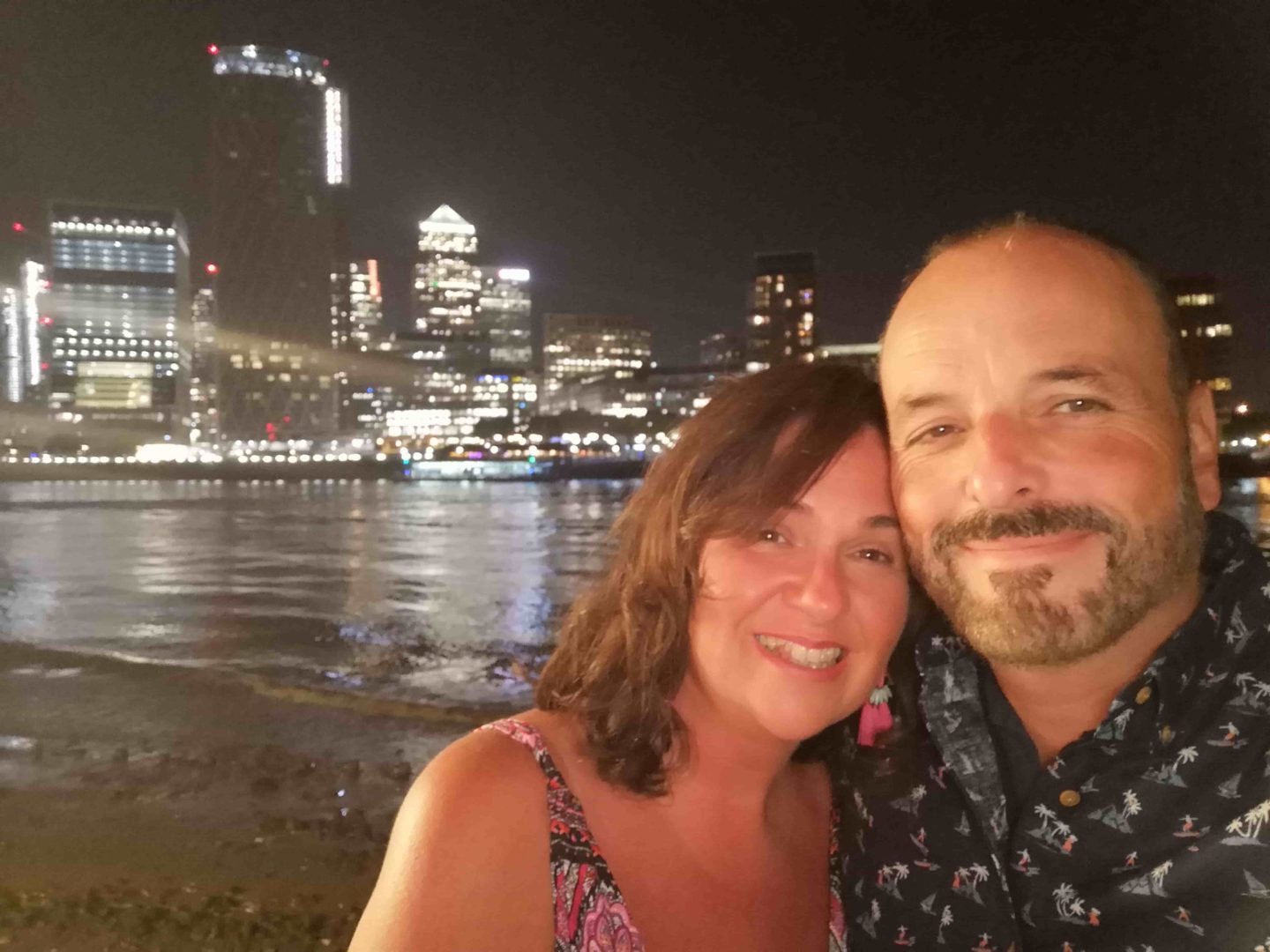Why did Lynne seek varicose veins treatment?
“The pandemic made me re-evaluate my life,” Lynne explains. “I decided to do the things I’ve been putting off for years.”
One such change was seeking treatment for her varicose veins. As a teacher, Lynne spent many hours on her feet, and pregnancy also took its toll on her veins.
“I remember putting on five stone when I was pregnant with my first baby,” Lynne says. “And I was in labour for three days before giving birth to a 10-pound son!”
Dr Mark Bratby is Medical Director at Veincentre. He explains: “Varicose vein symptoms can worsen during different times of the menstrual cycle and hormonal changes during pregnancy can markedly worsen varicose veins. As well as teachers, we also see a lot of nurses and hairdressers in the clinic. If you have an underlying valve issue, then working in a job where you are on your feet all day can really exacerbate symptoms, so it’s no surprise that Lynne’s veins became problematic.”
A type 2 diabetes sufferer, Lynne has lived with varicose veins for many years but, after losing three stone in weight, decided to do something about them earlier this year. “After I lost the weight, my veins became even more noticeable,” she says.
Why did Lynne choose Veincentre?
Lynne decided to have treatment at the Cardiff Veincentre on both legs using EVLA (endovenous laser ablation), which is the Gold Standard treatment as recommended by NICE (the National Institute of Health and Care Excellence).
The Veincentre has over 15 years’ experience of treating varicose veins with EVLA, as over 40,000 patients can attest.
“We have refined our techniques, patient pathways and aftercare over this time-period through a process of continuous quality improvement driven from feedback from our patients,” says Dr Bratby.
“We now have 27 vascular specialist consultants, all of whom will go through a careful vetting, induction training and on-going mentoring to ensure all our patients receive high-quality care. EVLA in the Veincentre data works 99% of the time, we know from our long-term follow-up data that once the main vein has been successfully closed the chances of long-term recurrence is exceedingly low,” reassures Dr Bratby.
How was it for Lynne?
“Dr Bratby was absolutely amazing!” she says. “He totally put my mind at ease about the procedure and I can’t believe how much better my legs are now.”
After EVLA, patients have to wear compression stockings for a week during their recovery period, “which was definitely the worst thing about the whole experience!” laughs Lynne.
Treated veins can be sore for a week to 10 days after EVLA, but patients can return to work the day after treatment and are encouraged to stay active afterwards.
Lynne went back to work and has since decided to go part-time as part of that overall re-evaluation of her life. She also looks after herself by regularly keeping busy and enjoys going on walks again, which “really helped speed up my recovery,” says Lynne. “I’m thrilled!”



